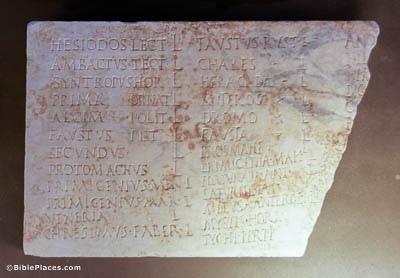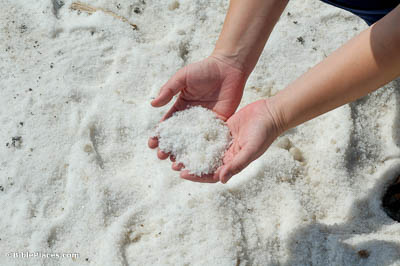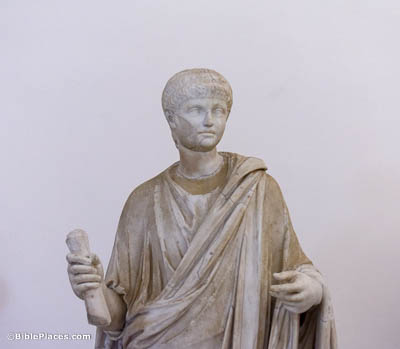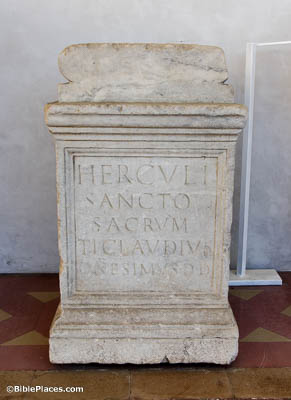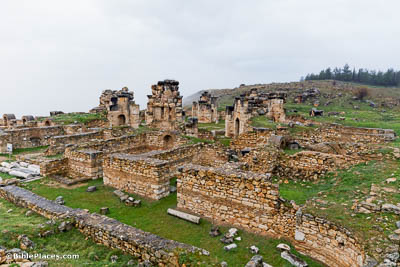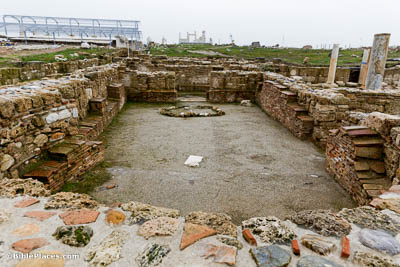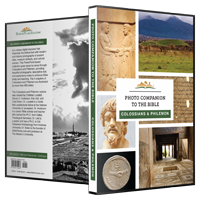Masters, grant to your slaves that which is just and fair (Colossians 4:1).
In the Greco-Roman world, slaves sometimes had opportunities to become independently wealthy and to become freedmen. This plaque lists freedmen of the house of the Aurincei family in 1st-century Rome. In light of Paul’s broader teachings, it is better to take the words in this verse as a polemic against the cruelties of slavery in his day, rather than as condoning slavery. Paul tactfully calls slave owners to justice and fairness toward their slaves, which, when carried out fully and from the heart, would naturally lead to their emancipation.
